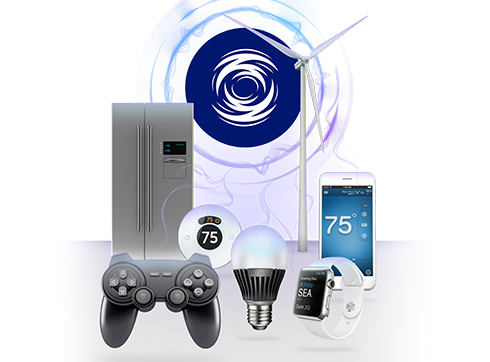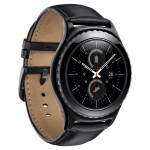
The Internet of Things (IoT) wave hasn’t fully caught on yet, but Salesforce is betting that more companies will be looking to process streams of data generated by anything from airplane engines to beacons in retail stores.
Earlier today, the cloud-based software company – better known for its customer relationship management (CRM) software – took the wraps off its IoT Cloud, a cloud-based processing engine that businesses can use to harness insights from data collected from connected devices.
The IoT Cloud makes sense for existing Salesforce customers looking to tap on connected devices to improve customer service or drive targeted sales, as it comes with a set of tools for setting rules for events that can trigger actions across a gamut of Salesforce cloud services.
An air conditioner manufacturer, for example, can define rules that will automatically create service cases in the Service Cloud when its customers’ connected air conditioners break down or are due for servicing.
A retailer could also set rules based on its sales and inventory performance in the Sales Cloud, and trigger beacons – interactive objects that can send out personalised messages – to offer discounts to targeted shoppers in a store through the Marketing Cloud.
“IoT deployments only bring value when organisations are able to act on the information that their IoT networks generate,” said Gary Barnett, chief analyst at Ovum. “The ability to make sense of that data by connecting it with existing customer information will be a key factor in turning data into action”.
To connect up a diverse mix of IoT devices, the IoT Cloud – which will be in pilot from the first half of 2016, with generally availability later in the year – will rely on an ecosystem of partners to build the data connections for specific devices, Salesforce executives said during a briefing yesterday.
IoT Cloud sits on Heroku, Salesforce’s platform-as-a-service, and comprises a hodgepodge of open-source tools such as the Apache Cassandra database, the Kafka messaging broker and Storm, a real-time data processing system.
With the number of connected devices slated to hit 75 billion by 2020, the amount of IoT related data is expected to grow exponentially. Salesforce said this world of connected devices and digital content presents an enormous opportunity for companies to take advantage of the new data
In a June 2015 report, the McKinsey Global Institute estimates that IoT applications may have a potential economic impact of as much as US$11.1 trillion per year by 2025.
Salesforce isn’t the only vendor laying the groundwork for the impending IoT boom. Others, like Intel and its partners, are offering chip packages, software for various industries and IoT gateways to pave the way for IoT deployments.






